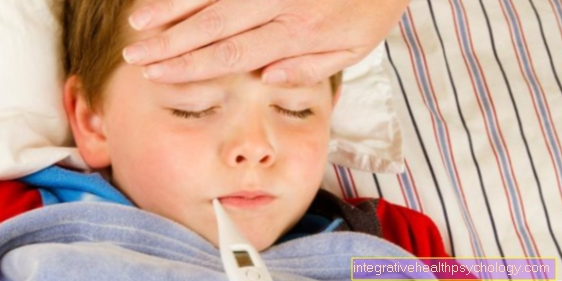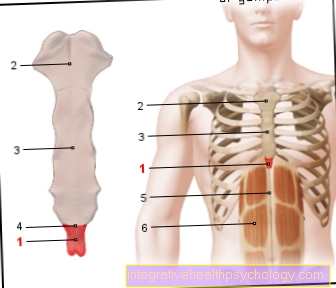Maternity allowance
introduction
The subsidy, commonly known as maternity allowance, is actually called maternity allowance and is paid out during the maternity protection period.
The maternity protection period should cover the period shortly before and immediately after the birth of the child during which a woman cannot or is not allowed to go to work. This is intended to compensate for the financial disadvantage that arises for an employed woman during this period of the ban on work. The maternity allowance is paid by the statutory health insurance with which the woman concerned is insured, or by the maternity allowance office of the Federal Insurance Office.

How do I apply for maternity leave benefit?
The maternity allowance must be applied for in writing.
In addition to the completed application for maternity allowance, the required documents include a certificate stating the expected date of birth or the birth certificate and a certificate from the employer in order to be able to calculate the maternity allowance. In the case of premature births, an additional medical certificate must be enclosed. These printed forms are then sent to the responsible office by post. As already described, this can be the statutory health insurance company or the Federal Insurance Office.
also read: Maternity Protection
Where do I apply for maternity leave?
The application for maternity allowance is submitted either to the statutory health insurance company or to the maternity allowance office of the Federal Insurance Office.
That depends on the type of health insurance the woman has. Only those women who have statutory health insurance apply for maternity benefit from the relevant health insurance company. All other women contact the Federal Insurance Office: This includes privately insured women as well as women with family insurance.
When do I apply for maternity leave?
The time of application must not be earlier than seven weeks before the calculated due date.
However, in order to enable the payment to proceed smoothly, the application should be submitted before the start of the maternity leave period. The maternity protection period begins six weeks before the calculated due date, there is no limit to the application. An extension of the maternity allowance, for example because of a disability or premature birth of the child, can be applied for in the first eight weeks after the birth.
Find out more on our main page: Everything to do with babies
How can you calculate the amount?
The amount of the maternity allowance depends on the income of the woman making the application: The amount paid out corresponds to the net income of the insured woman.
However, the health insurance does not pay more than 13 euros a day. If the (expectant) mother's income is higher than this 13 euros per day, the employer is obliged to make an additional payment. This co-payment must then be so high that the total amount paid by the health insurance company and the employer corresponds to the woman's net income.
Maternity protection and parental allowance - how do they fit together?
Parental allowance, like maternity allowance, is a financial contribution to support the birth of a child. However, the parental allowance covers a comparatively longer period of up to 14 months after the birth.
In principle, parents are entitled to both maternity allowance and parental allowance when a child is born. Both services can therefore be requested. It should be noted that the maternity allowance paid is offset against the parental allowance. If these two benefits are due at the same time, both are paid out in full. As soon as the maternity protection period has ended and, accordingly, no more maternity allowance is paid, the parental allowance will be paid without offsetting the maternity allowance.
Are you more interested in this topic? You can read more detailed information on this:
- Parental allowance
- Parental benefit application
Can you accept a mini-job if you receive maternity allowance?
As mentioned above, the maternity benefit is paid during the so-called maternity protection period, which is valid from six weeks before to eight weeks after the birth.
During this time, the women concerned are also not allowed to work. This means that the woman is not allowed to do any work during this period. This employment ban also includes marginal employment, i.e. so-called mini-jobs. This regulation is intended to protect the pregnant woman or mother and, of course, the child and to protect them physically.
More on this: Employment prohibition during pregnancy
How long is there maternity leave?
The maternity allowance is paid out during the maternity protection period. The maternity protection period begins six weeks before and ends eight weeks after the calculated due date.
If the child is born prematurely or has a proven disability, the eight-week maternity protection period can be extended to twelve weeks after the birth. The same applies to multiple births: if the pregnant woman is given birth to twins or triplets, for example, these additional four weeks of maternity benefit are also granted. This must then be requested within the first eight weeks after the calculated due date.
You might also be interested in this topic:
- Birth complications
- Birth preparation course
How does the maternity leave benefit tax?
The maternity allowance is not taxed.
However, it is added to the amount used to calculate the income tax rate. The income tax to be paid can therefore increase slightly due to the maternity allowance, although the taxable income itself does not increase. In addition, the payment of maternity allowance does not create an obligation to pay part of it into the statutory pension fund. The maternity benefit is entirely available to the (expectant) mother.
Also read: Breathing at birth
Is there also maternity leave allowance for the self-employed?
For women who have started their own business in their profession, it is not compulsory to take out health insurance. If you do not take out health insurance, you will not have to make regular payments to the health insurance company. On the other hand, there is no entitlement to sickness benefit or maternity benefit.
Self-employed people can, however, take out voluntary insurance through the so-called election declaration, then pay into the health insurance and are accordingly entitled to payments such as sickness and maternity benefits. It therefore helps to find out whether the woman in question is entitled to sickness benefit - because then the maternity benefit is usually also paid. The contact person here is in any case the respective private or statutory health insurance company.
You may also be interested in this topic: Everything to do with breastfeeding

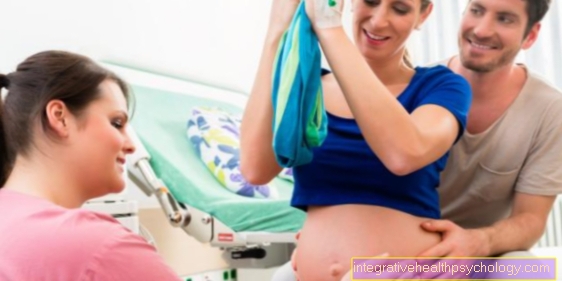







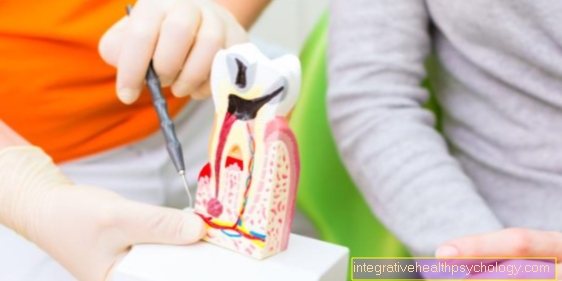
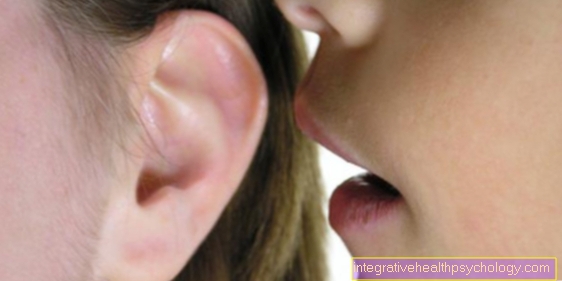




.jpg)

